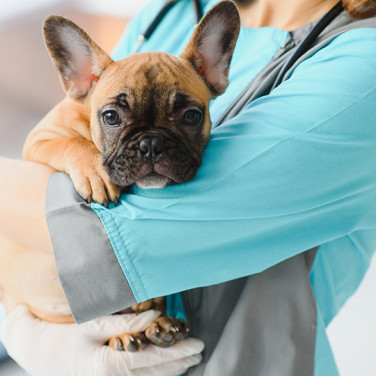FOOD
Can Dogs Eat Passion Fruit? Why Passion Fruit is Toxic to Dogs
페이지 정보
본문
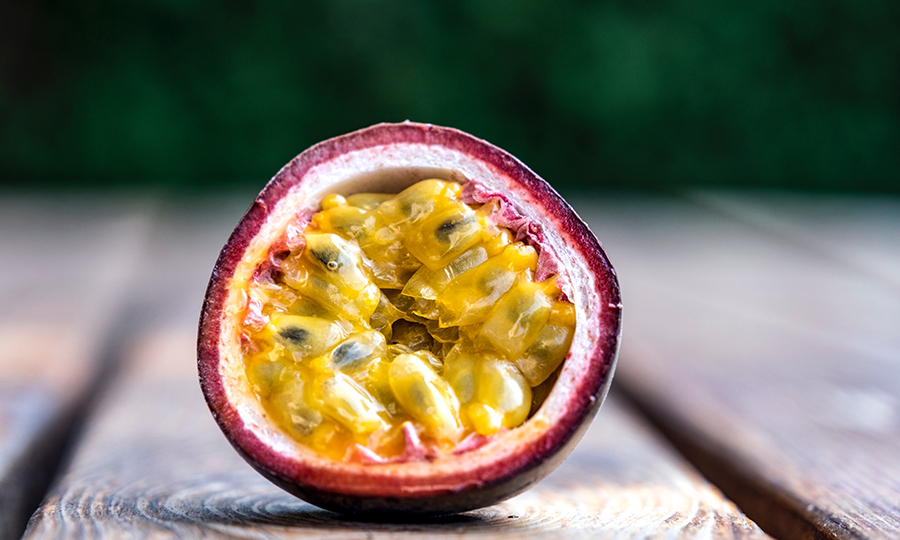
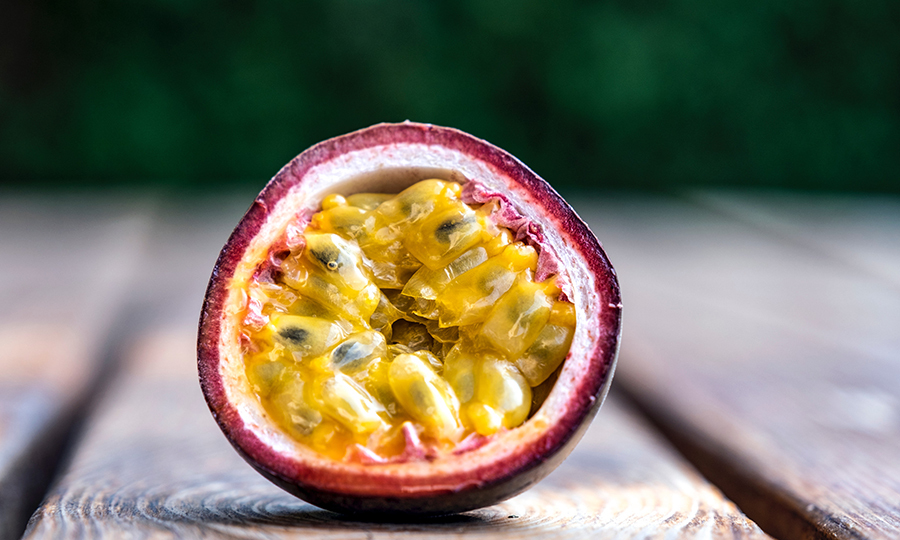
Can dogs eat passion fruit? No!
The short answer is no, while the flesh of this fruit is not toxic to dogs. The abundance of seeds in the flesh of the fruit contains cyanide which can cause vomiting and diarrhea if consumed in excess. Passionfruit is mostly known for its fragrant and sour taste. The flesh by itself is rich in nutrients that can help boost your dog’s immune system and lower blood pressure, such as antioxidants, vitamins A and C, protein, and minerals such as potassium and magnesium. While proper preparation can allow very small amounts to be fed to dogs, it is advised due to the risk of cyanide poisoning as well as the high sugar content in this fruit. It is also known that some dogs tend to not favor sour smells and tastes and may simply not enjoy the taste of the fruit.
Why is passion fruit bad for dogs?
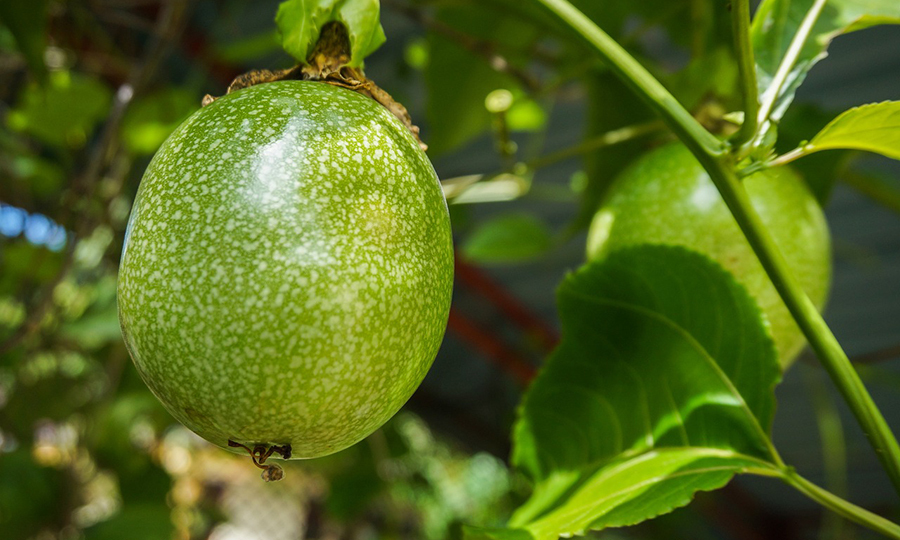
The flesh of the passion fruit is non-toxic, but its high sugar content is a cause for concern for a healthy dog’s lifestyle. The seeds and peel contain cyanide, which can result in digestive upset and other health issues. Although the flesh contains beneficial nutrients such as those that can boost the dog's immune system and lower blood pressure, it is difficult to separate it from the seeds as they are many and tightly attached. It is therefore not recommended to feed passion fruit to dogs as the risks outweigh the potential health benefits of feeding passion fruit to dogs.
What is cyanide poisoning in dogs? The risk of feeding passion fruit to dogs
Cyanide is a highly toxic substance that can be harmful or even fatal to dogs if ingested in considerable amounts. The seeds and skins containing cyanide should not be consumed by dogs as it interferes with the cells' ability to use oxygen, leading to serious health problems and even death. The effects of the cyanide can take shape quickly if any parts of the passion fruit that contains cyanide are ingested.
Which part of the passion fruit contains cyanide?
Seeds: The flesh of passion fruit contains small seeds that contain cyanide, making it easy for dogs to accidentally ingest them along with the flesh.
Rind: The skin of passion fruit comes in various colors and contains cyanide as well.
3 more hazards why passion fruit is not okay for dogs
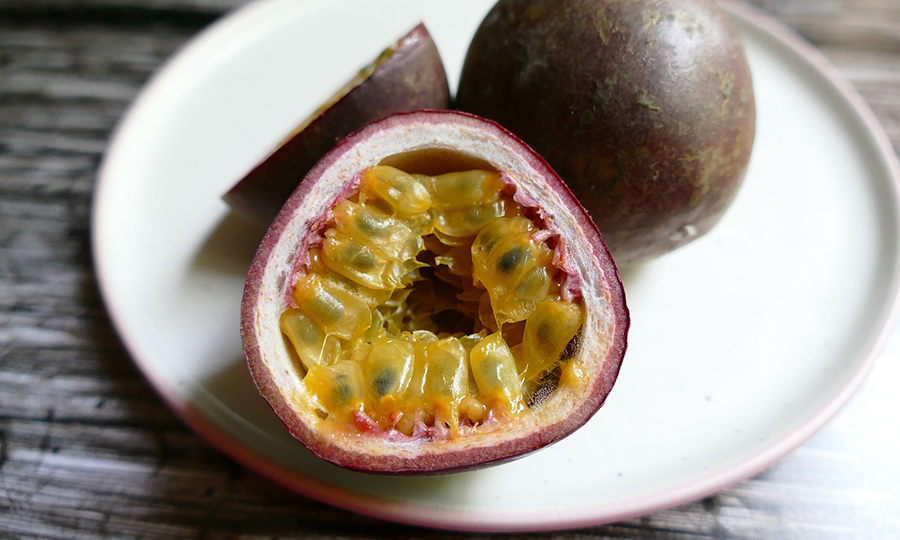
-
Unripe:
If you want to still prepare passion fruit for your dog, it should only be consumed when fully ripe, as unripe passionfruit contains toxic levels of cyanide and can be dangerous to both humans and pets. Ingesting unripe passionfruit can lead to vomiting or nausea due to the presence of cyanide glycosides.
-
Food allergy:
It is important to avoid giving dogs passion fruit as it can trigger an allergic reaction. Common symptoms of an allergic reaction in pets include swelling, difficulty breathing, and stomach issues. It is recommended to test a small amount of just the flesh of passion fruit to test for any signs of allergies.
-
Choking hazard:
Additionally, passionfruit seeds and the skin can pose a choking hazard for dogs. To prevent choking, it is important to remove all seeds and skins before feeding passion fruit to your pet, especially for smaller breeds.
What to do if your dog eats some passion fruit
If you suspect that your puppy has consumed a passion fruit, it is important to contact your veterinarian immediately. In the meantime, closely observe their behavior for any signs of adverse effects such as vomiting, diarrhea, abdominal discomfort, or choking. If you notice any unusual symptoms or if your puppy has ingested a large quantity of passion fruit, it is advisable to seek veterinary assistance as soon as possible. While nothing may happen due to the levels of cyanide or the amount ingested, it is better safe than sorry to deal with a larger bill to resolve severe health issues or even death.
Ever wonder what foods your dogs can eat safely?
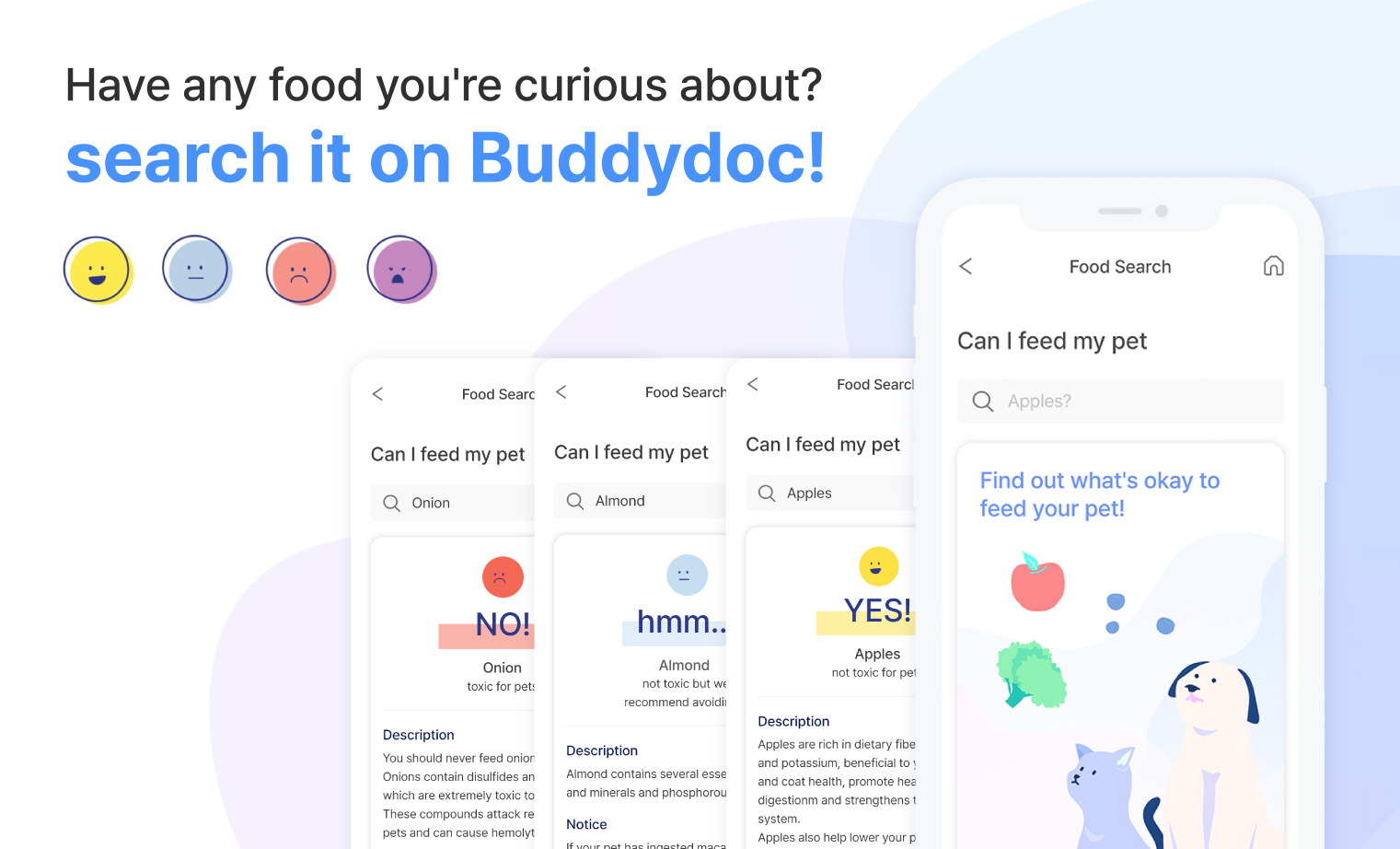
Does your dog also give you puppy dog eyes when you're snacking on something? You may know that certain foods like chocolate shouldn't be shared with them, but do you always check online to see if it's okay to give them a bite of what you're eating? The Buddydoc Food Dictionary has information on hundreds of human foods and whether they are safe and nutritious for pets. If you want to know more about other foods, try looking them up on Buddydoc!




